“We did this so we can be flexible on our beer volumes and work toward selling a tank worth in 3 weeks,” Morgan said. “Production-wise, we are at about 300,000l per full time employee, which is pretty bloody good as at the plant I first started working at was at 80,000l per employee [and keeping in mind a higher cost of doing business in Australia]. On average we run sequential batches in at about a 135-minute intervals.”
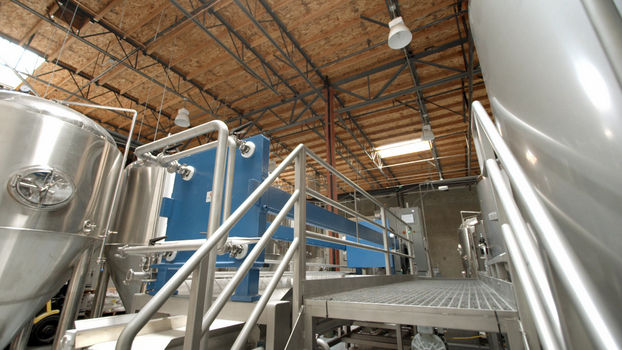
Recipe adjustments
Using a unique system like a HEBS, which does things differently, even if it produces efficiency gains, may mean a new approach to brewing your trademark recipes. For example, IDD claims 20 to 35 percent less water usage, 10 to 15 percent less grain used, rapid starch conversion (less than 40 minutes) and 10 percent better hop utilization. If all that comes to pass, you will have a wildly different brewing experience on your hands.
Coachella said there was definitely a learning curve.
“We did have to adjust many of our recipes because the efficiencies were much higher the intensity of the boil certainly had us backing down on hopping as well,” Anderson said. “A lot of brewers are afraid of tannin extraction, and our temperatures and water volumes are very critical and must be precise to prevent any excessive tannin extraction.”
After a few months, the Coachella team was able to dial in processes and procedures to ensure smooth sailing for the first year.
“Since then, our growth has been exponential, and without the HEBS, it flat out would not have been possible,” Anderson said. “We trained many of our brewers on operation of the HEBS upon purchase, and it’s essentially something we have worked hard with IDD in to ensure that others have a greater understanding of this system’s operation, and the do’s and don’ts so they may feel comfortable operating their own system and do so with confidence.
“I want all the craft brewers out there to know that there is another way to make craft beer beyond mash/ lauter systems,” Anderson continued. “There is no need to be afraid of this technology, with some simple know-how and a solid approach, anyone can make solid beer using a mash filter equivalent in quality to any mash/lauter tun brewed beer and brewed in less time, using less raw materials and with a much lessened OH.”
The HEBS is skid mounted, prepiped, prewired and tested at the IDD facilities.The sticker price is definitely higher than comparable systems, but the bet is on the ROI.
For more info, see all the HEBS links on the IDD Process & Packaging website and check out this video link.
For more CBB brewhouse features, check out some of the links below:
Brewing Vessels Reviewed: Commercial lauter tuns with Wolfgang Roth
Bright beer tanks reviewed with Stone Brewing’s Mitch Steele
Brewing Vessels Reviewed: Cylindroconical fermenters remain a craft beer staple
Ninkasi Brewing Co. starts brewing with GEA brewhouse that boasts higher-level of sustainability

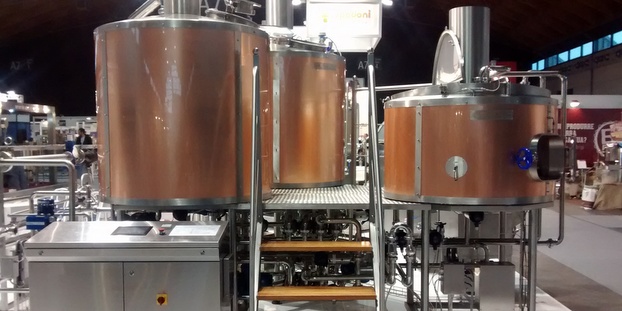
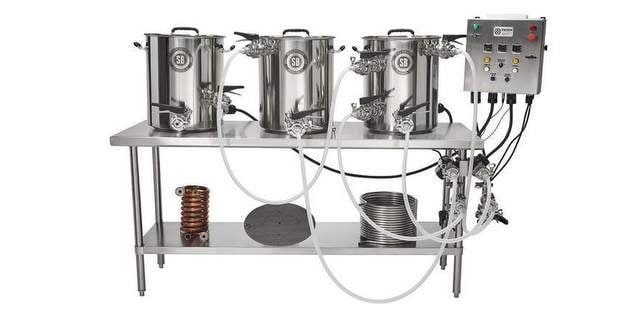
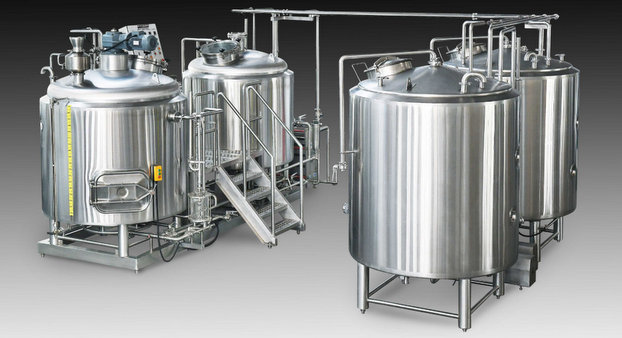
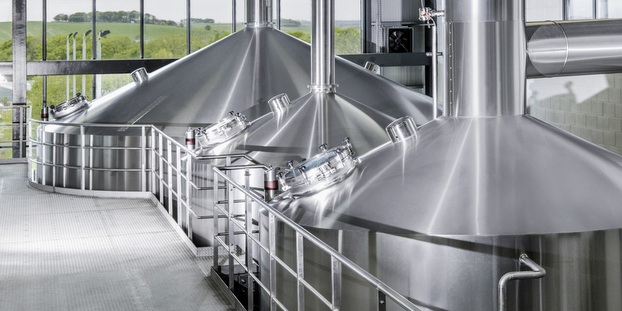
Dale Lewis liked this on Facebook.
Carter Baptiste liked this on Facebook.
Keith Allen liked this on Facebook.
Jared Read liked this on Facebook.
Alexander Couch liked this on Facebook.
Jeff King liked this on Facebook.
Otter Bank Danni Trap
is it nearly mini macro brewing?
I think we could make up something like that out of a few dairy tanks!
Jeff Platt liked this on Facebook.
Craft brewers discuss power of high efficiency brewing system http://t.co/N2KXFPdCPc via @craftbrewingbiz